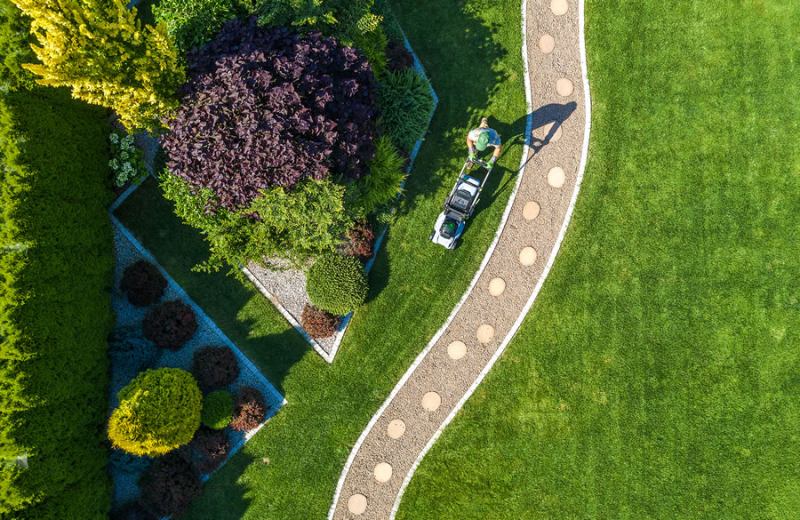Working from Home and the Impact on Your Septic Tank
Read More
Schedule Online
919-446-4099

Aug 22, 2023
Your outdoor space has the potential to be a vibrant haven of lush greenery and colorful blooms, even with a septic tank system in place. Maintaining a lovely and functional garden while also assuring the proper functioning of your septic tank system might sound like a challenge, but with the right approach, you can accomplish both goals simultaneously. In this blog post, our professionals from Septic Blue of Raleigh will explore the art of growing a garden around your septic tank system, highlighting key considerations such as septic tank pumping, repair, and installation.
It's critical to have a firm grasp of your septic tank system before starting to plan your garden. You may choose the best garden layout using this information to prevent any problems. If you're unsure, speak with a respected septic firm for information on the layout and design of the system.
It's crucial to choose the proper plants for your septic tank garden. Some plants have short root systems that are less prone to obstruct the components of the septic system. Take decorative grasses, wildflowers, and local shrubs into consideration. These plants not only improve the appearance of your yard, but they also demand little upkeep.
Make sure to have a safe space between crops and septic system components while planning the garden layout. Keep vegetation at least 10 feet away from the septic tank and leach field regions as a general guideline. With the system easily accessible for maintenance operations like septic tank pumping, repair, and inspection, root infiltration is prevented.
A functioning septic system and a flourishing garden require routine septic tank pumping. Pumping gets rid of extra solids and avoids obstructions, which could require expensive repairs. You can avoid problems and extend the life of your system by following the pumping plan advised by your septic company.
Mulching helps manage soil warmth and moisture while also improving the appearance of your garden. Make cautious to keep mulch away from the septic system's components when applying it. Mulching too closely can result in an overabundance of moisture being retained around the system, which could lead to issues.
Septic Tank Repair and Installation Considerations
It's important to discuss your gardening ideas with the experts involved whether you're intending to establish a new septic tank system or are dealing with repairs. Heavy equipment may be needed for septic tank installation or repair, which will affect how your landscape is laid out. Work with the professionals to reduce disruptions and safeguard your garden investments.
Sustainable Watering Practices
Both your garden and septic system depend on proper irrigation techniques. Waterlogging brought on by overwatering might put a strain on the septic system's capacity. Use environmentally friendly irrigation methods like drip irrigation or soaker hoses to reduce surplus water near the septic system's components.
Incorporating Raised Beds and Containers
Consider combining raised beds and containers into your garden design to help protect your septic system. These barriers can aid in containing plant root systems and preventing them from spreading toward the septic system's components. Raised beds also give gardeners better control over the drainage and soil quality, which encourages the development of healthier plants.
Are you in need of a septic tank repair? Luckily, we at Septic Blue of Raleigh have dedicated workers ready at your service. Contact our representatives for more questions.